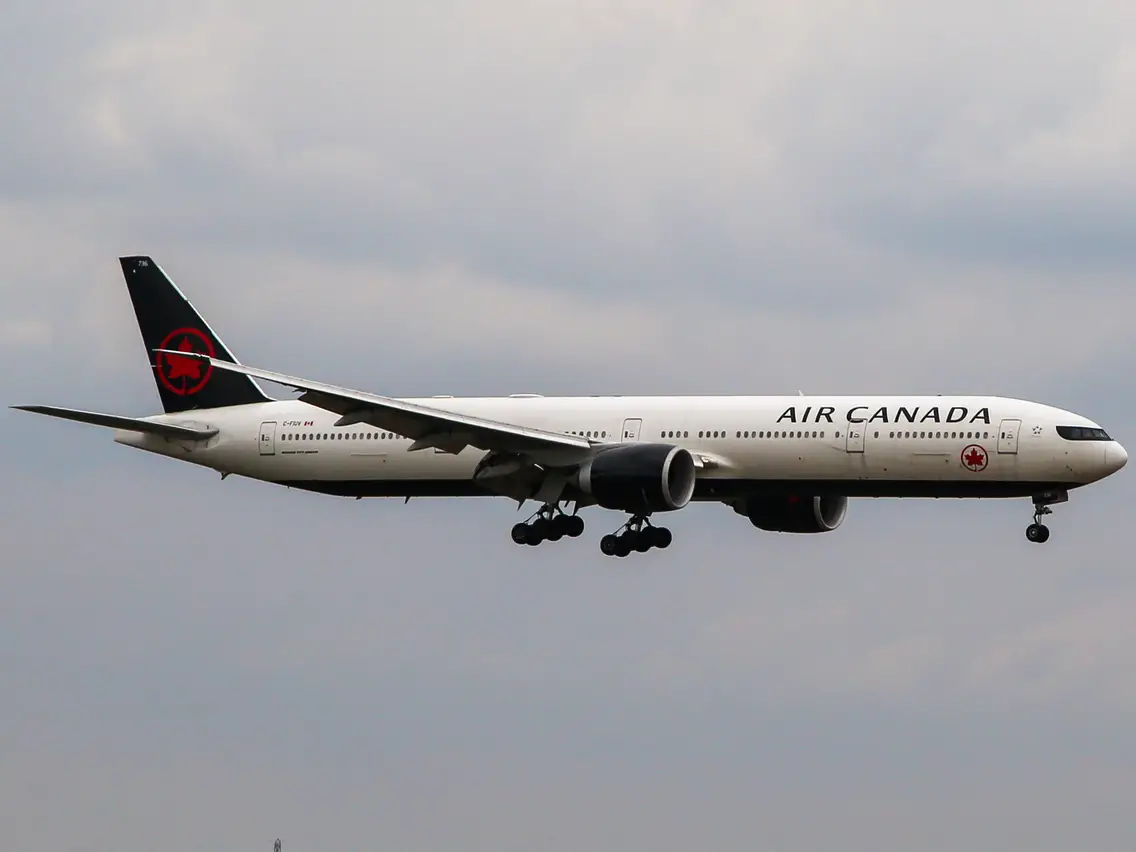A Boeing 777-300ER operated by Air Canada encountered a lightning strike as it took off from Vancouver International Airport on Sunday. The aircraft was en route to London Heathrow Airport on a 10-hour flight.
Despite the lightning strike, the Boeing 777 safely completed its journey, highlighting the resilience of modern aircraft in adverse conditions.
Ethan West, a planespotter and student pilot, happened to be at a park near the runway, intending to capture footage of the departing aircraft.
West expressed his curiosity about the situation, particularly regarding the aircraft’s response and whether any diversion would be necessary due to standard safety protocols. He noted his admiration for the Boeing 777’s distinctive engine noise, making it one of his preferred aircraft to observe.
While the incident may seem dramatic, commercial aircraft are equipped with various safety measures to mitigate the effects of lightning strikes. The aircraft’s design incorporates a Faraday cage effect, offering protection to passengers and crew inside the hull.

Even with the increasing use of composite materials, conductive fibers are integrated into the fuselage to maintain this protective effect. The fuel systems are engineered to withstand lightning strikes without igniting, and avionics feature robust surge suppression mechanisms and shielded cables.
Lightning strikes on commercial airliners occur approximately once every 1,000 flight hours, equivalent to about once per year. Despite their infrequency, modern aircraft are engineered to handle such events safely, ensuring that flights continue without compromising passenger safety.
Also read: Passengers Seek $1 Billion Following Serious Safety Concerns Arising from Boeing Door Plugs

